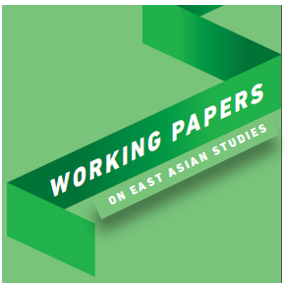Silk Subway : Japan’s Strategy for an Age of International Connectivity Activism
The paper deals with the issue of how Japan is positioning itself in the emerging and contested field of international connectivity initiatives. It starts with surveying the emergence of the connectivity topic in recent years, paying attention to recent infrastructure initiatives in the Asia-Pacific and Eurasian regions. Although the current public debate on connectivity is dominated by an attention on China’s 2013 Belt and Road Initiative (BRI), Japan has actually been engaged in international infrastructure schemes at least since the 1980s. This does not only hold for the Japanese state, but also for major multinational corporations of Japan. One is tempted to speak of a “Silk Subway”: Japan has always been a very important, but not very visible player in international infrastructure connectivity. Several reasons for this low-key profile are pointed out. The recent upturn of Japan’s engagement (PQI – Part-nership for Quality Infrastructure, FOIP – Free and Open Indo-Pacific) is to some extent due to a shift of strategy: Whereas the country followed a rather unilateral approach in recent decades, the focus has shifted to strategic alliances embedded in a multilateral framework. Policy has become much more effective that way, while the role of Japan for international infrastructure connectivity still seems con-siderably underrated.
Vorschau

Zitieren
Zitierform:
Pascha (2020): Silk Subway: Japan’s Strategy for an Age of International Connectivity Activism. In: Working Papers on East Asian Studies. Online unter: https://nbn-resolving.org/urn:nbn:de:hbz:464-20200422-103340-4.
Zitierform konnte nicht geladen werden.
